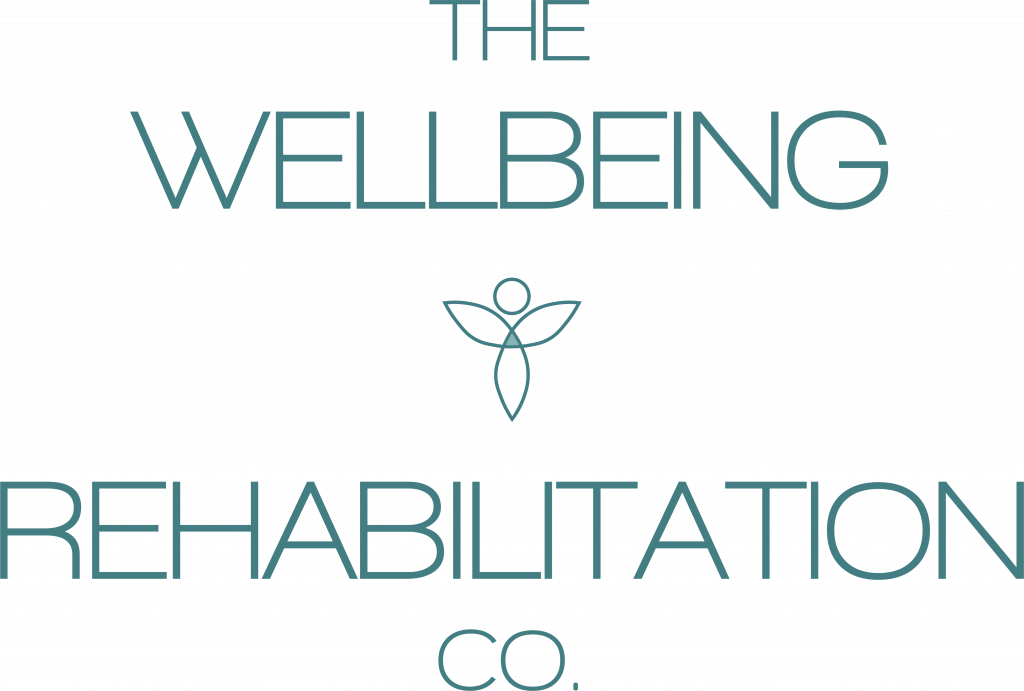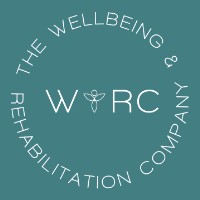
Strength Training vs. Stretching: A Balanced Approach to Flexibility
In a recent systematic review and meta-analysis, the effectiveness of strength training and stretching in improving range of motion (ROM) was explored. The findings suggest that strength training can be as effective as stretching in enhancing flexibility, challenging traditional beliefs about the role of each modality.

The Study’s Key Insights:
The study examined a range of exercises from various muscle groups, comparing the impact of strength training and stretching on ROM. Surprisingly, strength training demonstrated comparable effectiveness to traditional stretching methods. This challenges the longstanding belief that stretching is the primary means of improving flexibility.
Strength Training’s Role in Flexibility:
Strength training, traditionally associated with building muscle mass and strength, has emerged as a valuable tool for improving flexibility. The systematic review highlighted that exercises promoting strength development within a muscle’s full range of motion contribute significantly to increased flexibility.
Why Strength Training Works:
- Muscle Lengthening: Contrary to the misconception that strength training shortens muscles, the study found that resistance exercises can effectively lengthen muscles when performed through a complete range of motion.
- Improved Joint Mobility: Strength training enhances joint mobility by targeting specific muscle groups. The activation of muscles around joints contributes to improved stability and flexibility.
- Dynamic vs. Static Loading: The dynamic loading involved in strength training mimics real-life movements, promoting functional flexibility. This is in contrast to static stretching, which may not fully prepare muscles for dynamic activities.
Balancing Strength Training and Stretching:
While the study challenges the conventional emphasis on stretching for flexibility, it doesn’t dismiss its importance. Instead, it suggests a balanced approach, incorporating both strength training and stretching into a well-rounded fitness routine.
- Dynamic Warm-up: Begin with dynamic stretches to increase blood flow, warm up muscles, and prepare the body for strength training.
- Strength Training: Engage in resistance exercises that target various muscle groups through their full range of motion. This not only builds strength but also contributes to flexibility gains.
- Cool Down with Stretching: Post-strength training, incorporate static stretches during the cool-down. This helps prevent muscle tightness and supports long-term flexibility.
Practical Implications:
The findings have practical implications for anyone who would like to improve their flexibility and range of motion. Incorporating strength training into routines can offer a multifaceted approach to fitness, promoting strength, stability, and flexibility simultaneously.
This systematic review challenges the traditional view that stretching is the sole driver of flexibility improvements. Strength training emerges as a valuable and often overlooked component in enhancing range of motion. By adopting a balanced approach that combines both modalities, individuals can achieve comprehensive flexibility gains while enjoying the additional benefits of strength development.
Come to any of our classes to improve your strength and flexibility.
Have a look at the timetable and feel free to get in touch for more information.
https://wellbeing-rehab.co.uk/class-timetable
Sources
https://pubmed.ncbi.nlm.nih.gov/33917036/
Email: info@wellbeing-rehab.co.uk or call 0161 676 0341.

Specialist providers of clinical and wellbeing services designed to meet your individual health needs.